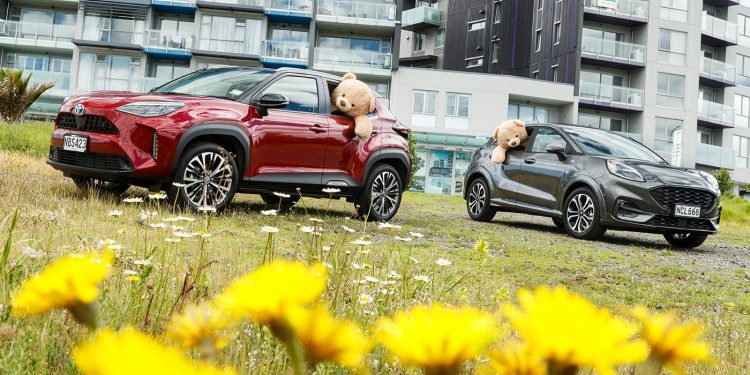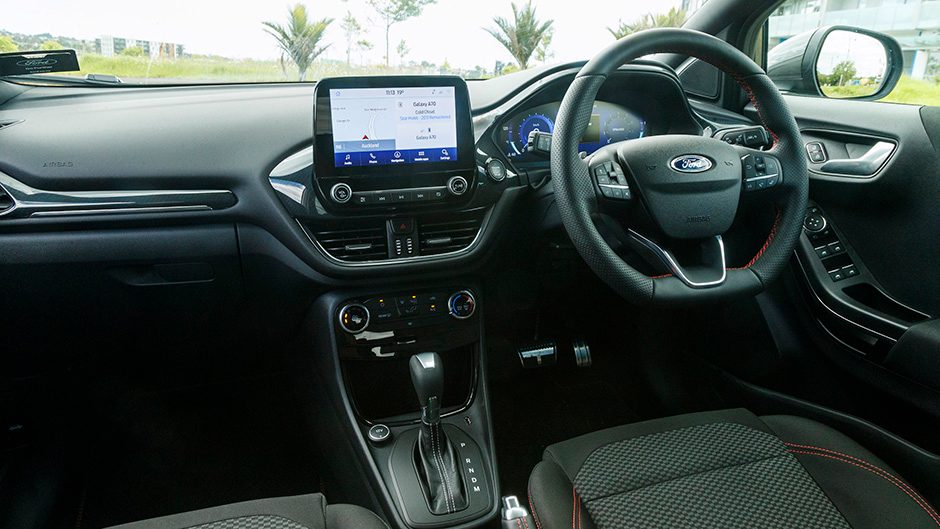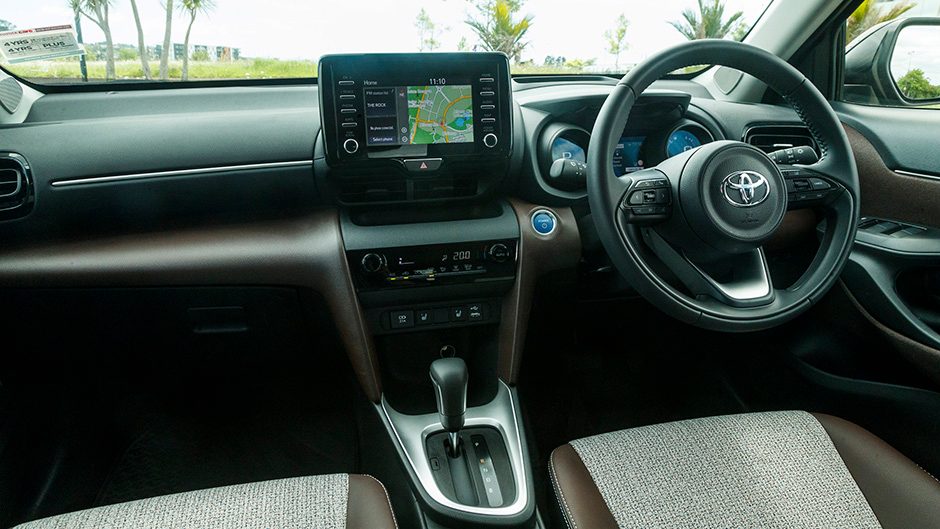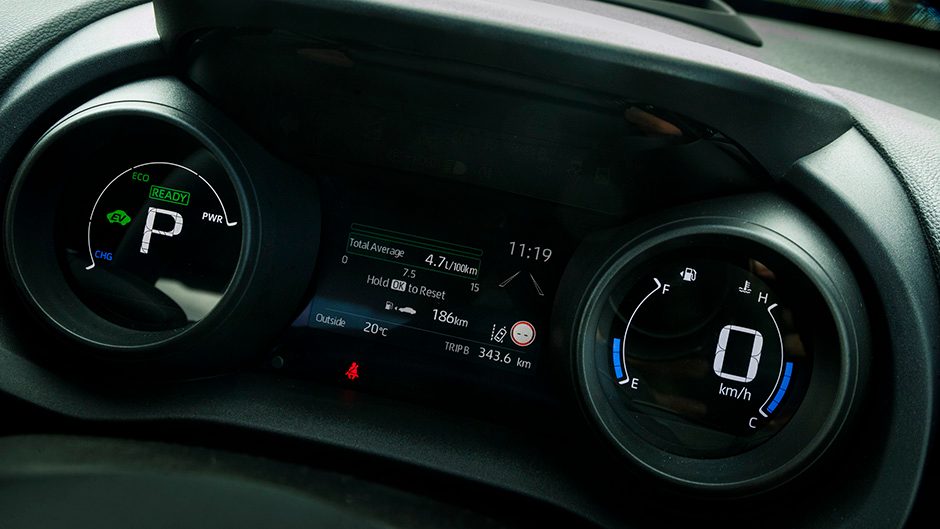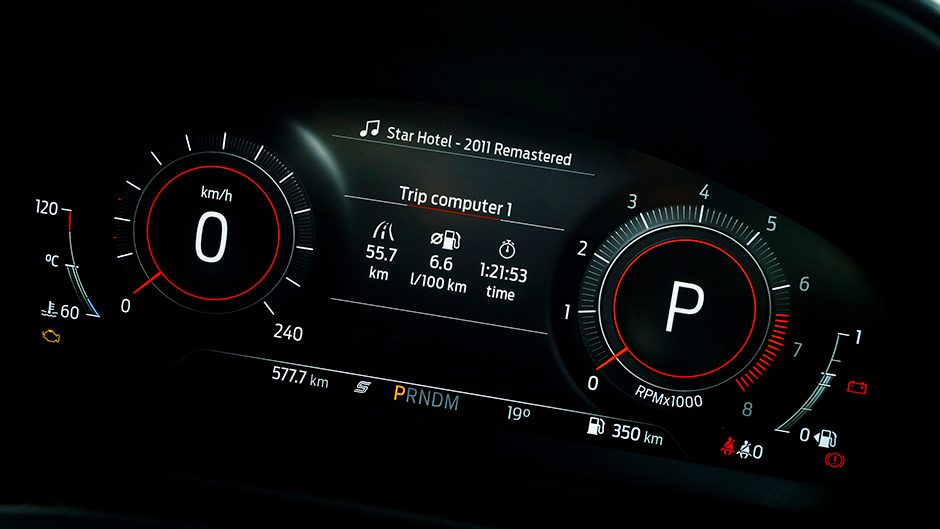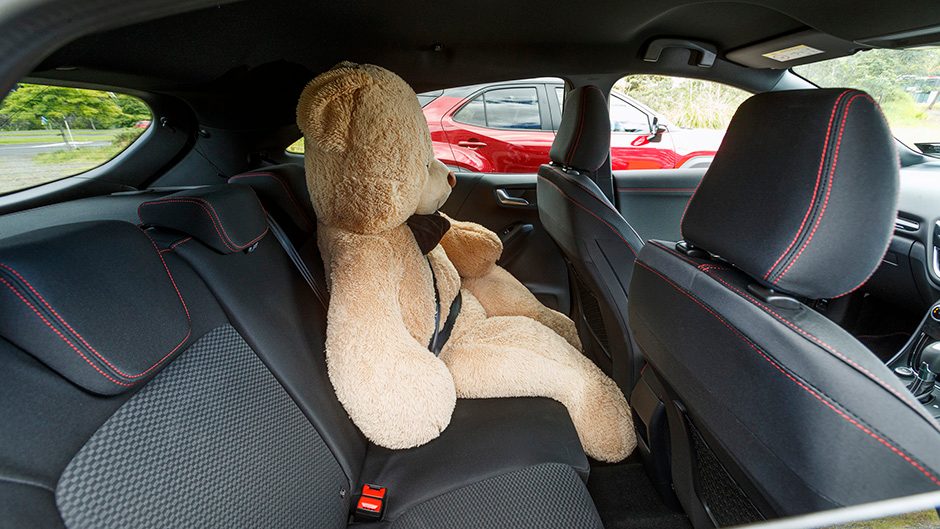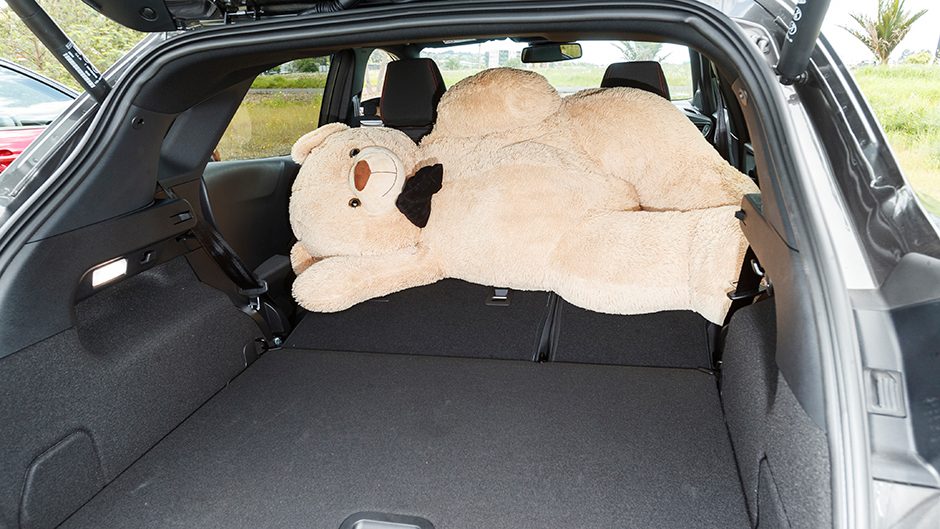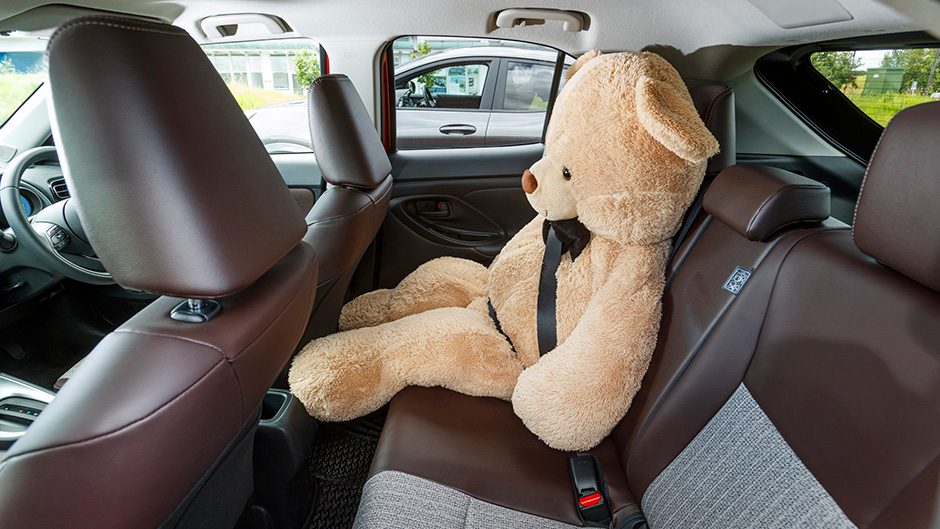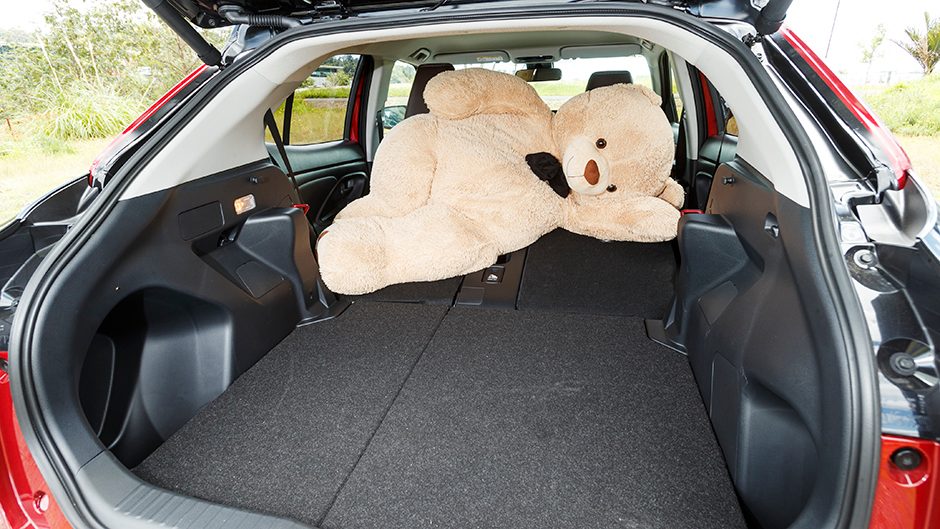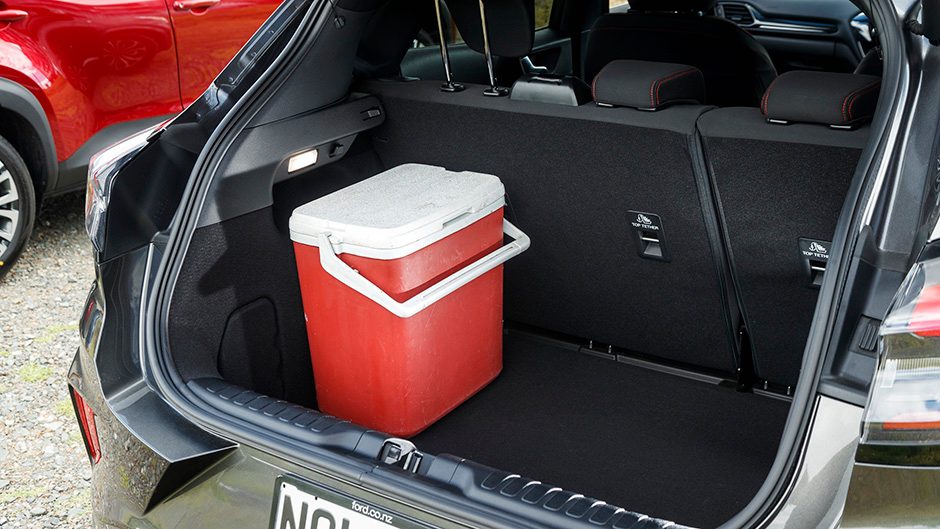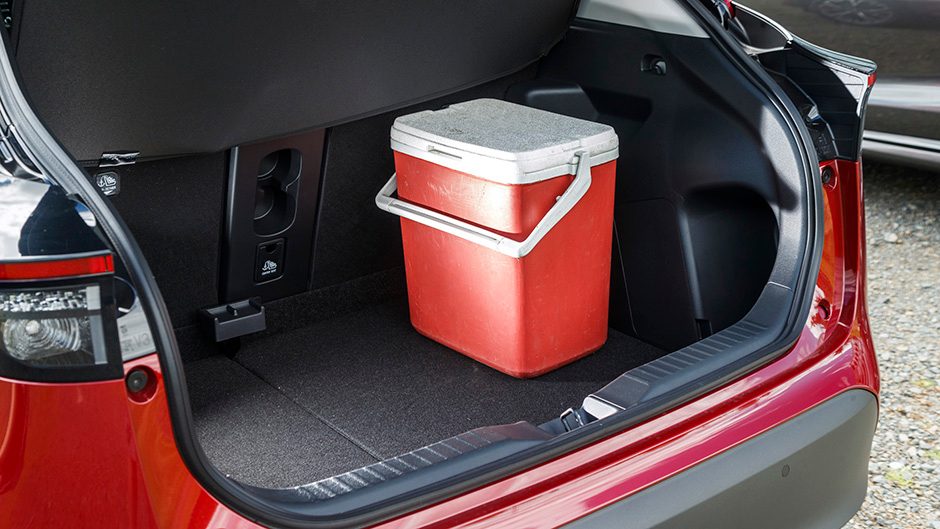2020 Ford Puma ST-Line vs Toyota Yaris Cross Limited Hybrid comparison
Words Kyle Cassidy | Photos Tom Gasnier
Selling small cars is a hard task. So manufacturers are repackaging them as SUVs to meet demand. Here we compare two newbies from the genre, the Yaris cross and the Ford Puma.
Platform sharing has been an industry norm for decades. Manufacturers are more cunning at it now with the scalability of designs being immense. These two here use small car architectures to milk the fat cow that is the SUV craze. Ford’s new Puma sits on Fiesta underpinnings, while Toyota didn’t waste time pondering the name of the Yaris Cross. These don’t look like the smalls they are based on but you can feel the DNA of the donor chassis through the ‘seat of the pants’ when you drive them. And that’s no bad thing as both are good cars, but which one morphs more convincingly into a high rider?
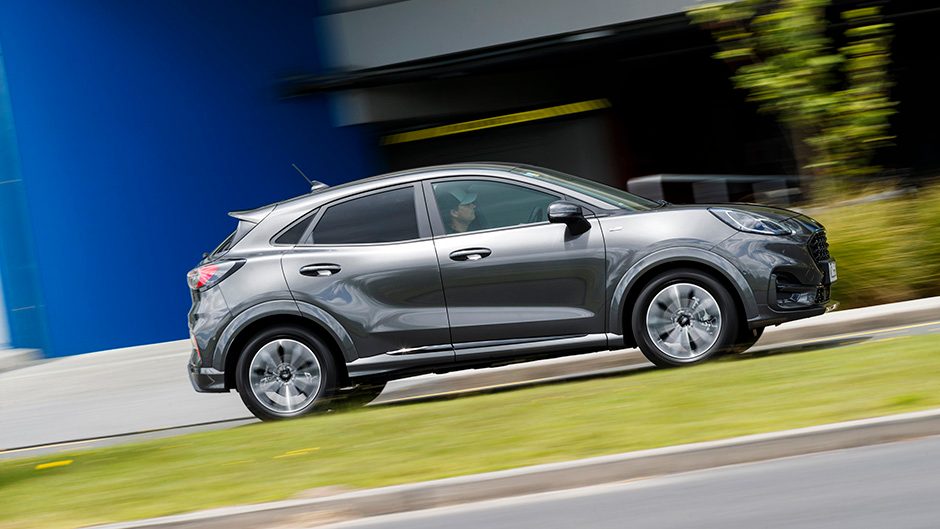
Crossing over
We like the new Yaris, at least to drive, but it’s no beauty. The Cross version however, as Toyota puts it, ‘is an entirely different looking vehicle’. The designers exhausted their stocks of blobby body surfacing and gaping grilles on the hatch so the Cross has a fleeting resemblance to a RAV and we like the squared-off wheel arches and body cladding. It’s slightly longer in the wheelbase than Yaris but is 240mm longer overall, most of that added to the rear, benefiting passenger and boot space.
Hauling a larger body is the same powertrain as the hatch. For the GX grade, there is a 1.5-litre three-cylinder petrol outputting 88kW and 145Nm of torque. The hybrid, available in GX and Limited, uses a tuned-for-economy 1.5 with 67kW and 120Nm which is mated to the hybrid system. This uses a 59kW/141Nm motor and a 177-volt lithium ion battery placed under the rear seat. Working through the e-CVT, Toyota says total system output is 85kW while consumption is a claimed 3.8L/100km overall. The GX petrol is $29,990 or $33,990 as a hybrid while the Limited is $38,990. These numbers include all on road costs, and aren’t to be haggled over.
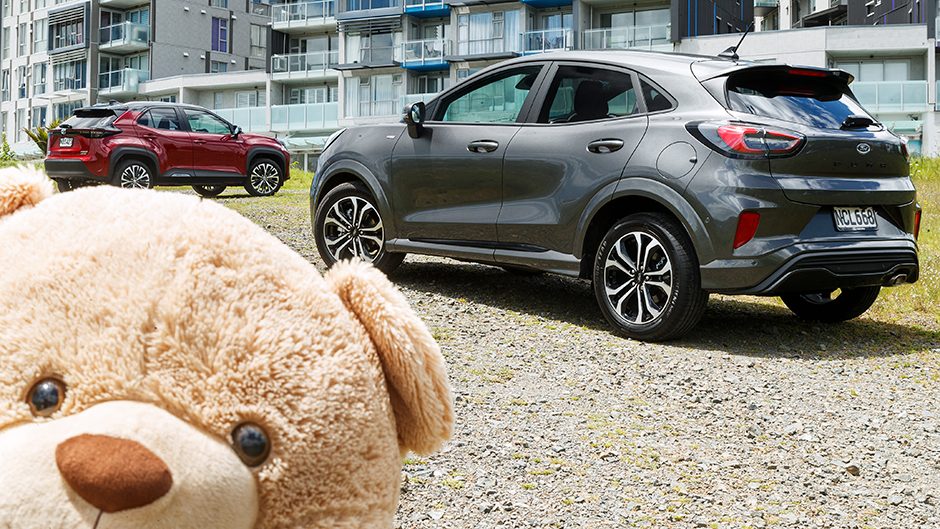
Ready to pounce
We no longer get the Fiesta range here, only the gung-ho ST version. It reflects the decline of the car as people simply must get behind the wheel of an SUV. And so Ford NZ sidestepped the Fiesta to wait for Puma. It leaves no real cheapies in the range, the starting point for Ford ownership now at $33,990 for the Puma, while the ST-Line featured is $37,990.
Both use a 1.0-litre turbocharged triple making 90kW, and 170Nm from 1400-4500rpm. It’s paired to a ‘seven-speed transmission’. Nowhere does Ford mention twin-clutch or Powershift. Too many bad memories there, though they say this new generation uses a wet, multi-clutch set-up and gets a trans cooler so should prove more reliable. Ford claims overall consumption of 5.3L/100km.
Like Yaris it has a torsion beam rear, but Ford has stiffened the twist-beam and fitted larger shock absorbers compared with Fiesta. Over the entry Puma, ST-Line gains sport-tuned suspension, a subtly sportier appearance outside and in, and extras like a powered tailgate, a digital dash, a self-parking function, a smart key and a more comprehensive array of safety and driver aids, including active cruise. FordPass Connect also features. There are a few more vibrant hues available than ditchwater grey too.
Prowling the streets
These compact rides are right-sized for city life. Both have zippy turning circles, easy steering and a multitude of parking helpers that sees them docked effortlessly. The slightly raised driving position isn’t so much about superior outward vision (you’re bound to be surrounded by bigger SUVs blocking your view anyway) but does ease entry. The Puma’s steering turns faster off centre but the assistance in the Toyota is more fluid; there’s a slight self-centring in the Ford.
The Puma is a touch hesitant out of the blocks and there are some driveline vibes before the boost builds to get things cranking. Yaris gets underway in a more refined manner, the take-up silky as the electric torque gets things happening and e-CVT has zero shift drama. Both are pleasantly torquey for town bombing, particularly the turbo’d Puma where the midrange is friskier.
You can feel the sport in the springs of the Puma – it’s firmer riding, yet its superior damping better diffuses big bumps. The Yaris Cross has a plusher progress but can crash over the choicer hits. It is quieter, with less driveline and road-related clamour. The Puma’s triple emits a certain growl when prodded, appropriately. The Yaris Cross can be right hushed, particularly as the EV mode keeps you going for longer. This will maintain urban speeds (50km/h-ish) up (slight) inclines and will motor along happily on the flat for what seems further than the suggested 1km of EV range. Toyota is slowly improving the EV-ness of these hybrids then. And that makes them more economical, the trip computer reading 4.1L/100km for urban duties, whereas the Puma was registering 6.7.
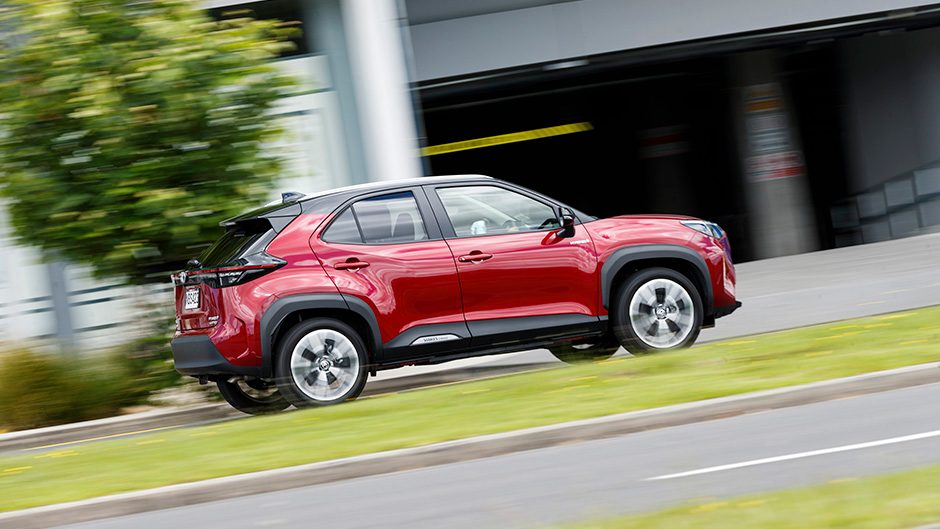
Okay out of town too?
After testing and some spirited driving, the Toyota’s figures rose to 4.9L/100km, while the Puma was up to 7.8. That’s hardly thirsty but the Yaris Cross will always be kinder on its gas reserves, while requiring only 91; the Puma chomps through 95.
The Yaris Cross is the preferable main road cruiser as it’s easier on the ears and passengers will feel fewer of the irritating bumps that they might in Puma. But the Ford is the better performer, more than a second quicker over both speed trials, and stops more readily.
If you want some spunk in your wee SUV, the Puma won’t disappoint. It turns quicker and holds its line longer with a more neutral balance to its handling, the steering only marked by that centring action. Puma’s gruntier too. The thrust is tepid; the turbo zip doesn’t feel nearly as feisty as it did in the old Fiesta, but that’s what happens when you add SUV kilos. However, it’s game and slugs away well between 2000-4000rpm in that turbo’d fashion. The box isn’t the fastest twin-clutch you’ll come across but is smooth with the changes.
Yaris Cross will lean a degree or two more in the bends before progressing into what feels like the onset of understeer. But then the rear can loosen momentarily, like some form of passive rear steer, helping to negate the front end push. Pedal in a saner manner and the Yaris Cross is fairly tame, especially as the powertrain won’t frighten anyone. There’s plenty of torque delivered early but this starts to wane as speeds rise, and that’s highlighted by the overtaking time. Not that the Puma is a fireball, but it has sharper teeth. While the brakes in the Yaris Cross feel not too bad, for a hybrid, the Puma’s have a nicer action.
Petite and Practical?
The interiors are similarly arranged with a touchscreen up top, easy to use HVAC buttons beneath. Toyota has a few extras in the mix, like a powered driver’s seat, bum warmers and a head-up display while the Puma has a charge pad and an automated parking feature.
The Cross’s brown cabin trim is, er, interesting while the ‘tweed-like’ fabric reminds of ghastly imports from the past. The synthetic leather coverings aren’t so convincing, there aren’t as many soft points as you’d hope and some of the finishing could be improved. It’s a Toyota, so you have higher expectations.
The innards of the Puma are darker, there’s faux carbon trim and we like the fabric which extends up on to the door tops, and that there is a centre armrest. Some might like that it has an old fashioned hand brake. The seats are manually adjusted but come with a snugger fit.
The room is okay in the rear of the Cross thanks to well shaped front seats. It’s bigger than you might think, particularly in the boot area, certainly when compared with the regular Yaris. But you sure pay for the space. The Puma is a smidge tighter in the back for both legroom and entry.
Both have a powered tailgate, overkill on a small vehicle, and the Toyota’s annoys with its incessant safety beeps. Cargo holds are well shaped and are the same width, though Toyota’s has more usable space. We’d suggest Ford’s 410L figure includes the underfloor storage hole too. They each have variable boot floors to provide a flatter load space when folding the rear seat, the Cross with a 40/20/40 split. Both get a handy cargo blind that lifts up with the tailgate, so it’s not always in the way.
| Model | Ford Puma ST-Line |
| Price | $37,990 |
| Engine | 999cc, IL3, T/DI, 92kW/170Nm |
| Drivetrain | 7-speed twin-clutch, FWD |
| Fuel Use | 5.3L/100km |
| C02 Output | 121g/km |
| 0-100km/h | 9.66sec |
| Weight | 1279kg |
| Model | Toyota Yaris Cross Limited |
| Price | $38,990 |
| Engine | 1490cc, IL3, EFI, 67kW/120Nm |
| Drivetrain | e-CVT, FWD |
| Fuel Use | 3.8L/100km |
| C02 Output | 86g/km |
| 0-100km/h | 11.10sec |
| Weight | 1223kg |
Which one’s for you?
These two have quite different personalities. The more sensible buy is the Yaris Cross. It’s slightly roomier and more refined, the hybrid powertrain is climate conscious and the Cross is dynamically sound. Toyota’s fixed price transaction appeals also. The Puma is more of a character however, better to drive, similarly practical and well specified. Buy it for its sense of fun.


